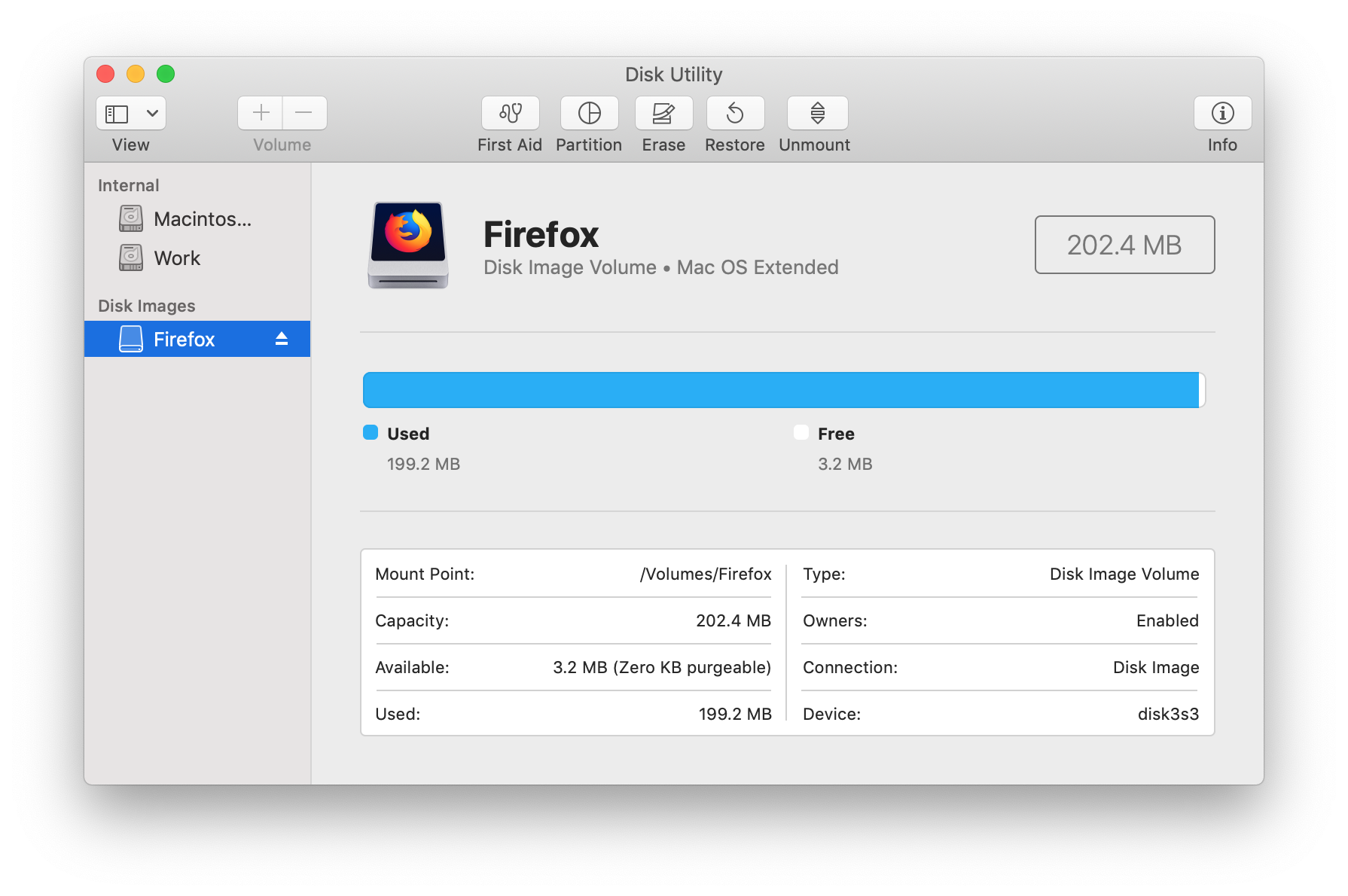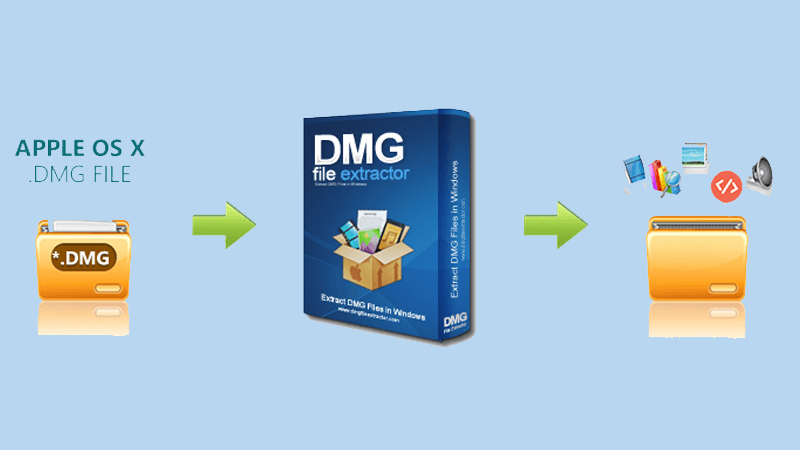
#*.DMG FILE ISO#
The drive will be automatically detected and click on Burn icon to burn the ISO to the USB drive. Step 3: Click Burn button on the main screen and point to the converted ISO file.
#*.DMG FILE INSTALL#
Step 2: Download and install UUByte ISO Editor on your PC, insert the USB drive and launch the application. Hdiutil convert /path/sourceimagefile.dmg -format UDTO -o /path/targetmage.iso When the Command Prompt opens up, use the following command to convert the file to ISO: Step 1: Once you have the macOS install DMG file on a Windows PC, click on Windows + R to open the run dialog box, and type in CMD, then hit Enter. Still, it's an effective way to create bootable media for a Mac computer. Please note that you can't boot your Mac from bootable USB made from an ISO file, which means you'll have to convert it back to DMG prior to that. Since ISO is a better format for Windows, you can also convert the DMG to the ISO format and then use the ISO disk image to create the bootable USB. Now follow the link listed on the screen to start installing macOS from USB driveĭownload Mac Version Convert DMG to ISO and Create macOS Boot USB from Windows You will be notified when the burning task is completed. This process will be finished in less than 10 minutes and you have to wait before you can do anything with the device. Step 4: When the dmg file is loaded from local hard drive, click 'Burn' button to start burning dmg to USB drive. If the drive name was wrong, you can click 'Change' button to pick up the right device.
#*.DMG FILE PC#
Step 3: Insert an USB drive to Windows PC and the name will show up at the right side of USB icon. At this time, click 'Burn' tab And you will be lead to a new window. And you will see three options on the main screen. Step 2: After installation, UUByte DMG Editor will be opened automatically. Currently, it works well on Windows 10, Windows 8 and Windows 7.
#*.DMG FILE SOFTWARE#
All rights reserved.Step 1: Download UUByte DMG Editor setup.exe from this website and follow the prompt to install the software on a Windows PC. Hooking this application via Squish is not currently possible, so Squish can not be used to automate the installation of apps that are packaged in this way.Ĭopyright © 2021 froglogic GmbH. pkg files are not executable, and they are handled by a system application called Installer.app. endSection () # Set breakpoint on the next line, execute to it, start # recording a snippet (Run > Record Snippet): snooze ( 1 ) closeDmg () test.py What about. startSection ( "Start installer as AUT" ) try : startApplication ( '" %s "' % installer_file_name ) finally : test. endSection () return True def main (): if not openDmg (): return if not registerInstallerAsAUT (): return # Start running the installer as the AUT from here test. fatal ( "Output: %s " % output ) return False finally : test. join ( dmg_file_path, dmg_file_name )) test. fatal ( "Closing/unmounting failed:" ) test. log ( "Executing: %s " % args ) try : output = subprocess. endSection () return True def closeDmg (): test. fatal ( "Registering installer as AUT failed:" ) test.

startSection ( "Register installer as AUT" ) args = test. endSection () return True def registerInstallerAsAUT (): test. fatal ( "Opening/mounting failed:" ) test.


expanduser ( "~/Downloads" ) dmg_file_name = "squish-6.3.1-mac.dmg" installer_file_path = "/Volumes/froglogic Squish" installer_file_name = "Install Squish" def openDmg (): test. Import os.path import subprocess # Adjust the following to your setup/needs: # In or relative to test suite folder: #dmg_file_path = squishinfo.testCase + "/." # In or relative to current user's downloads folder: dmg_file_path = os.


 0 kommentar(er)
0 kommentar(er)
